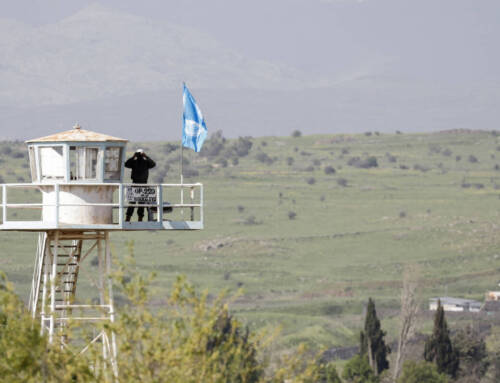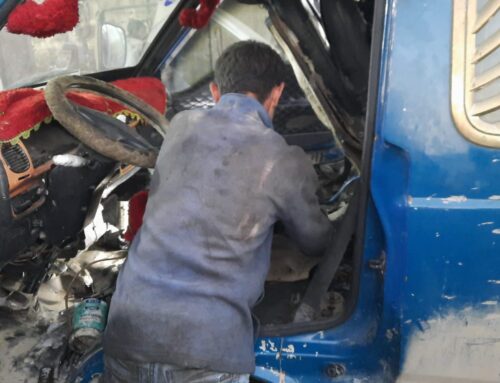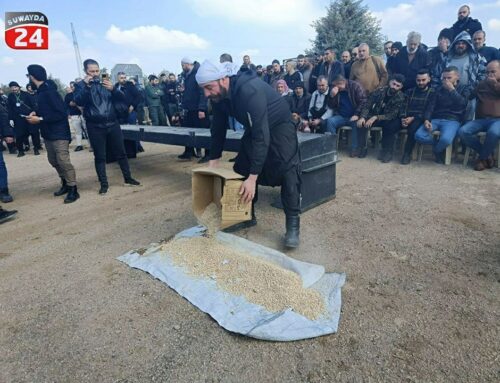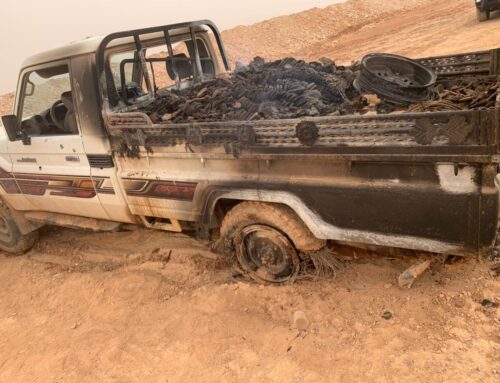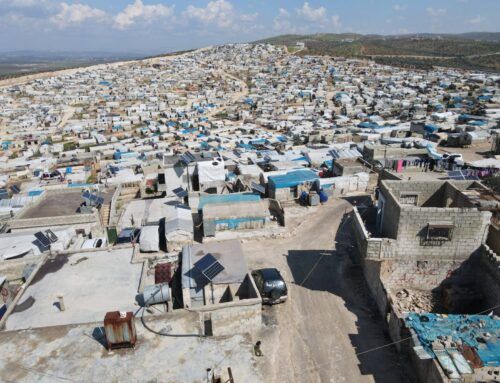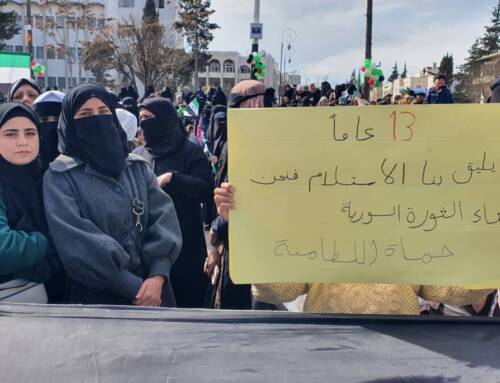Facility for the most vulnerable becomes flashpoint in Jisr al-Shughour battle
The capture of Jisr a-Shughour in late April means the […]
4 May 2015
The capture of Jisr a-Shughour in late April means the rebels have now cut off the regime’s primary supply route from Latakia in southern Idlib province.
While fighting for the city, rebel forces took fire from a seemingly surprising place. Though the city was “semi-empty,” says Ali al-Hafawi, a spokesman for Ahrar a-Sham, the sandbagged building sending out fire was a facility for orphans, the disabled and the elderly, with its residents still inside.
The once-quiet home for Jisr al-Shugour’s most vulnerable, whose relatives had either fled or left the country and could not take them, had become a prize in the battle for the small but strategic city because it “overlooks the entire eastern portion of Jisr a-Shughour,”al-Hafawi tells Syria Direct’s Noura al-Hourani.
Here, al-Hafawi describes the battle for this building from Ahrar a-Sham’s perspective.
Q: How did you discover the presence of regime forces in the facility for the elderly, orphans and those with special needs?
Upon observing the building, rebels noticed the sandbags. Then they were shot at, so the rebels knew that regime fighters had fortified themselves in there.

Q: Were regime forces concentrated in the house before the rebels entered the city? Why this building specifically? What is its importance?
Yes the regime forces had been in the building for a period. The building has importance as it overlooks the entire eastern portion of Jisr al-Shugur.
Q: As for the civilians who were in the institution, what was their situation? Where were their relatives? What did they tell you about their experiences during this period?
The facility is for the elderly and orphans. There were a number of orphans in the building in addition to disabled people whose relatives were outside of the country, so their situation was difficult.
Residents slept in the cellar, with regime forces gathered on the top floor. The residents would start to cry from fear when they heard the airplanes. According to what they told me, they were afraid of the soldiers and repeatedly heard gunfire.
The soldiers would point their guns in response to any complaint.
Q: What is their situation like now after the rebels took the city?
The residents may be moved to another location because the area is being bombed.
Q: Does the regime use civilian buildings systematically or was this an isolated incident?
The regime relies on this strategy in many areas and has used it more than once. They systematically use [civilian buildings] and use the civilians in them as human shields. They don’t care about the lives of the civilians and know that the rebels will avoid targeting these types of places if there are innocent civilians in them.
Q: What did you find while inspecting the areas regime soldiers had been in?
In most of the bases we found alcoholic drinks, ammunition, and food. What was striking was that we found containers of food aid from the UN and Red Crescent, indicating that the regime was sending humanitarian aid intended for the Syrian people to its soldiers.
Q: What is the situation like now for civilians in Jisr al-Shughour?
The city is semi-empty. From the first moments after rebels took the city, residents began leaving for safer places. Most of them went to refugee camps in Turkey because they knew the regime was going to start bombing.


